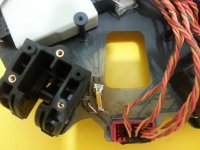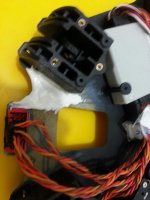ProPilotWannaBe
Member
So here's my only concern, and why I think we are talking multiple layers here...
You said you got some sparks when you applied power. If all that you are doing is connecti two wires that were previously connected, you would not have got sparks. The sparks were due to you shorting two wires that previously were not connected. I think it's going to end up being more than just connecting thee lanes, but that just my opinion.
You said you got some sparks when you applied power. If all that you are doing is connecti two wires that were previously connected, you would not have got sparks. The sparks were due to you shorting two wires that previously were not connected. I think it's going to end up being more than just connecting thee lanes, but that just my opinion.


